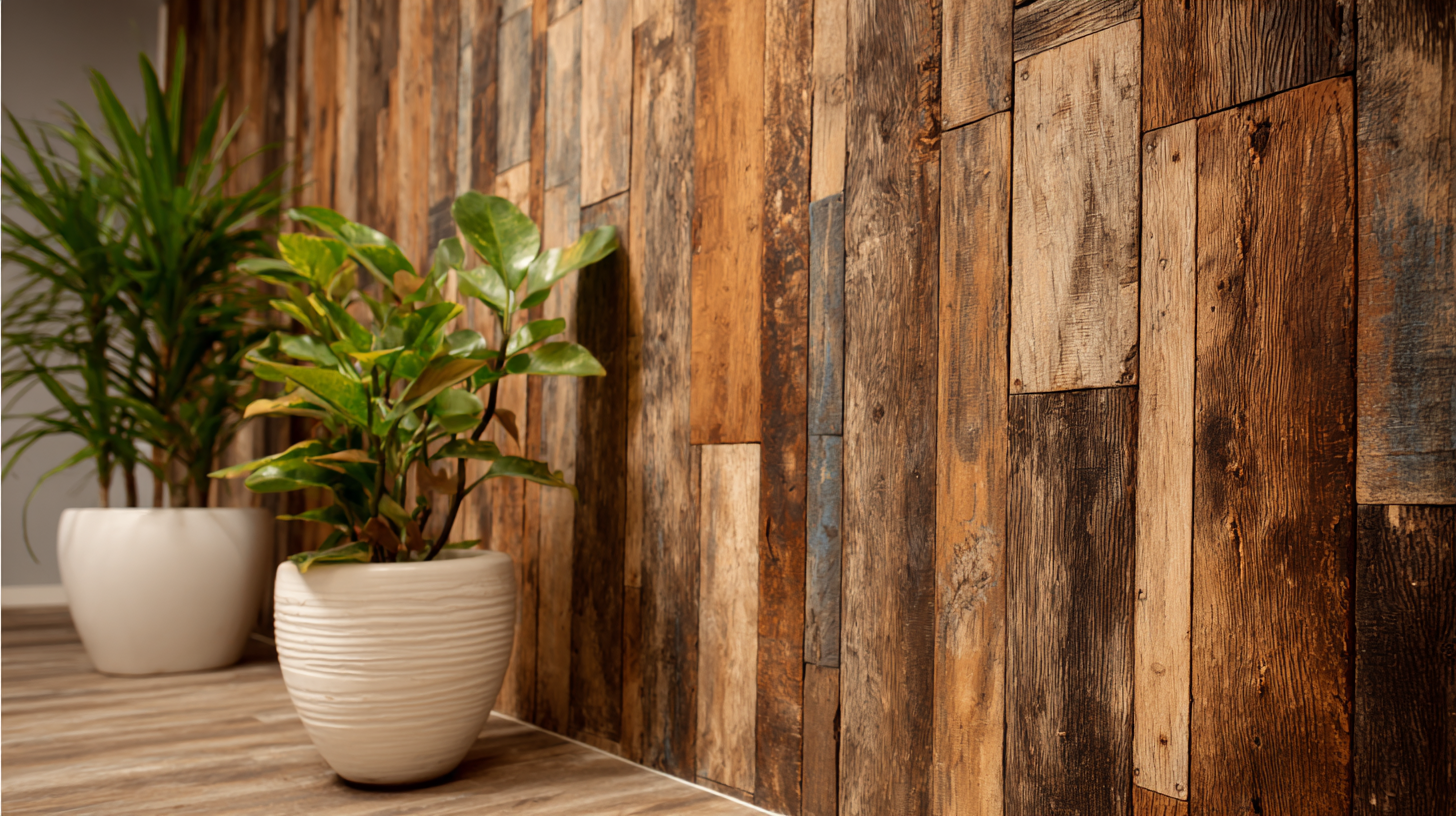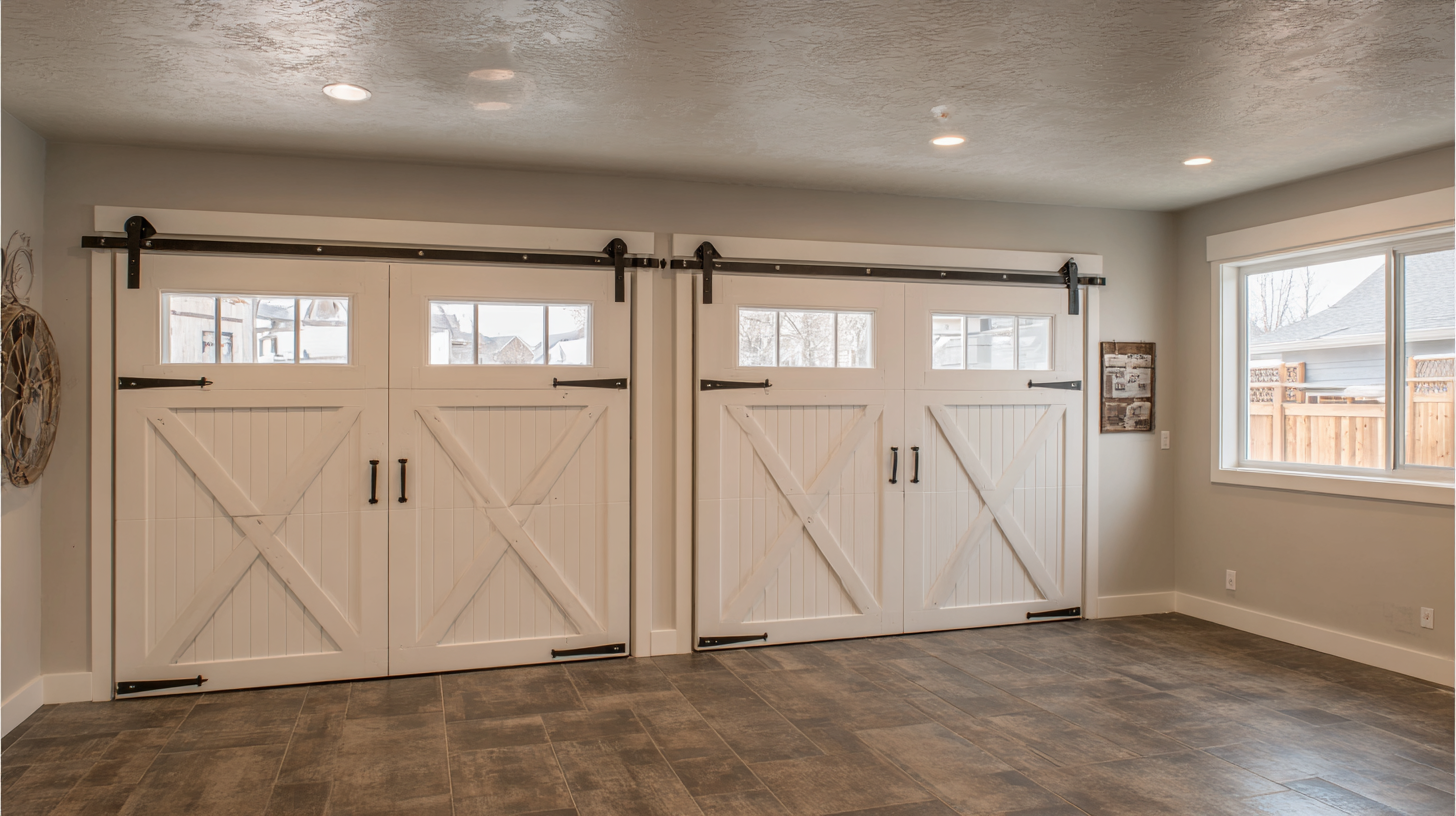Leave Your Message
-
Facebook
-
Whatsapp
-
Whatsapp


In recent years, the use of PVC wall cladding has surged in popularity, driven by its numerous advantages including durability, low maintenance, and aesthetic versatility. According to a report by MarketsandMarkets, the global market for PVC wall coverings is projected to reach USD 23.9 billion by 2025, growing at a CAGR of 5.4% from 2020. This trend highlights the increasing recognition of PVC wall cladding as a cost-effective and sustainable alternative to traditional building materials. However, despite its advantages, there are common challenges and pitfalls that professionals face when selecting and installing PVC wall cladding. This comprehensive technical guide aims to unlock the secrets of using PVC wall cladding effectively by addressing these problems and providing practical solutions to enhance its application in modern construction.

PVC wall cladding has become increasingly popular in construction due to its versatility and aesthetic appeal. However, recent reports have raised concerns about the safety of PVC materials. Notably, numerous studies, including findings from environmental organizations, have highlighted alarming levels of harmful substances found in various PVC products. For instance, around 85% of charging cables made from PVC were reported to potentially pollute the environment and even pose carcinogenic risks. Moreover, analysis of PVC cling film showed that a staggering 15 out of 16 tested samples contained banned plasticizers, emphasizing the need for caution when using such materials in everyday applications.
When considering PVC wall cladding for home or commercial projects, it is crucial to understand the composition and safety of the materials utilized. As the growing demand for eco-friendly alternatives increases, it is imperative to ensure that products meet health and safety standards. The prevalence of harmful plasticizers in PVC products raises questions about their long-term impact on both human health and the environment. Industry experts advise opting for certified PVC solutions that comply with stringent safety regulations, thereby ensuring an optimal balance between utility and safety in modern construction practices.
When considering wall cladding options, PVC wall cladding emerges as a compelling alternative to traditional materials like wood, plaster, and stone. One of the key advantages of PVC is its resistance to moisture and rot, making it an ideal choice for high-humidity environments such as bathrooms and kitchens. Unlike wood, which can warp and decay over time, PVC maintains its integrity without the need for frequent maintenance or treatment. Additionally, the lightweight nature of PVC facilitates easier installation, reducing labor costs and time compared to heavier traditional materials.
In terms of aesthetics, PVC wall cladding offers an impressive range of designs and finishes that can mimic the look of natural materials without their downsides. This versatility allows homeowners and designers to achieve a desired aesthetic without compromising on durability or maintenance ease. Furthermore, PVC is environmentally friendly, as it can be recycled at the end of its life cycle, unlike many traditional materials. The comparative analysis of PVC wall cladding versus traditional options highlights that while traditional materials have their charm, PVC presents a modern, sustainable solution suited for contemporary living spaces.

Installing PVC wall cladding can seem daunting, but with the right approach, anyone can do it like a pro. According to a recent report by the Freedonia Group, the demand for wall coverings in the United States is projected to rise to $4.6 billion by 2025, with PVC cladding being a significant contributor due to its durability and versatility. When beginning your installation, ensure that the wall surface is clean and dry. Pre-measuring your panels will save time and reduce waste, allowing you to create a more seamless finish.
Next, utilizing the correct tools is essential for a professional-looking installation. A power saw and a level are crucial for achieving precise cuts and ensuring straight lines. As documented in a 2022 home improvement study by Statista, nearly 60% of homeowners prefer DIY projects, emphasizing the importance of access to proper techniques. By applying adhesive or installing clips as per the manufacturer’s guidelines, you can easily secure the panels to the wall. Remember to leave space for expansion and contraction, particularly in areas with fluctuating temperatures. Following these steps will not only enhance the aesthetics of your space but will also contribute to its long-lasting performance.
Maintaining PVC wall cladding is essential for enhancing its longevity and ensuring it remains visually appealing. According to a report from the Plastic Industry Association, properly maintained PVC cladding can last over 30 years, compared to the average lifespan of 10-15 years for untreated materials. Regular cleaning is a fundamental part of this maintenance. It is recommended to wash the cladding with a mild detergent and a soft cloth at least twice a year. This prevents the build-up of dirt and grime, which can lead to discoloration and surface damage over time.
Additionally, inspecting the cladding for any signs of wear or damage is crucial. Research published by the Vinyl Institute highlights that early detection of issues like cracks or gaps can save significant repair costs and extend the life of the cladding by up to 20%. Use a silicone-based sealant for minor repairs and ensure that any installation is done correctly to prevent moisture infiltration. By implementing these maintenance tips, property owners can fully leverage the durability and aesthetics of PVC wall cladding, ensuring it continues to perform well for decades.
PVC wall cladding has gained significant popularity in recent years due to its versatility and durability. This innovative material is not only aesthetically pleasing but also functional, making it ideal for a variety of applications. One of the most effective uses of PVC wall cladding is in commercial spaces, such as retail stores and restaurants, where it can withstand wear and tear while maintaining a fresh and modern look. Its moisture-resistant properties make it an excellent choice for areas like kitchens and bathrooms, where traditional materials may struggle.
Beyond commercial use, PVC wall cladding can transform residential environments. Homeowners are increasingly opting for this material in living rooms, bedrooms, and even outdoor spaces. Its ease of installation and maintenance allows for creative design options, enabling homeowners to create customized looks that fit their style. Additionally, PVC cladding can improve insulation and energy efficiency, which adds to its appeal. By incorporating PVC wall cladding into both commercial and residential projects, designers and homeowners can enjoy a blend of practicality, style, and sustainability.

